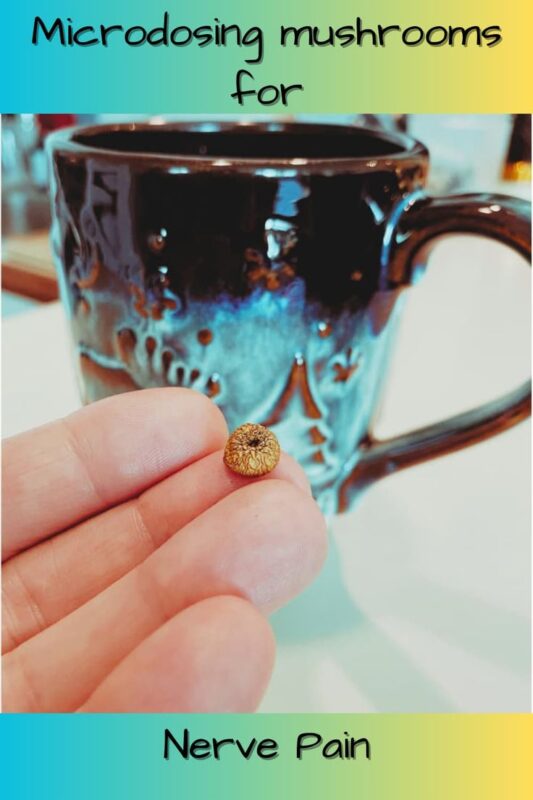Health and social care
Psilocybin microdosers demonstrate greater observed improvements in mood and mental health at one month relative to non-microdosing controls
Online Shroom Store
Abstract: Psilocybin Wellness and Microdosing
Overview
Psilocybin microdosing refers to the repeated use of mushrooms containing psilocybin in very small amounts. These doses are low enough not to interfere with daily functioning. In many cases, psilocybin is combined with lion’s mane mushrooms (Hericium erinaceus; HE) and niacin (vitamin B3), a practice often called stacking.
Although widespread, public uptake has outpaced scientific evidence. More prospective research is required. In one naturalistic study, 953 microdosers and 180 non-microdosers were followed for 30 days. Results showed small- to medium-sized improvements in mood and mental health across age and gender. Interestingly, psychomotor performance improved mainly among older adults.
Additional analysis revealed that combining psilocybin with HE and B3 did not change mood benefits. However, for older adults, stacking psilocybin, HE, and B3 enhanced psychomotor skills compared with psilocybin alone.
These findings suggest real potential benefits, yet they also highlight the urgent need for controlled clinical research.
Historical Context
The use of psilocybin-containing fungi to improve well-being dates back centuries in Indigenous cultures. Colonial suppression, followed by the US-led “war on drugs,” restricted this knowledge. Today, psilocybin is reemerging in Western science as a potential treatment for depression and anxiety.
Although most attention has focused on full psychedelic doses, microdosing has become a global trend. This interest has been amplified by online communities, anecdotal reports, and early observational studies.
What Is Microdosing?
Microdosing involves regular self-administration of very small psychedelic doses. These do not cause hallucinations or cognitive impairment. Commonly used substances include:
- Psilocybin mushrooms
- LSD
- Other psychedelics such as mescaline or 2-CB (less frequent)
Typical Dosage
Surveys show that psilocybin microdosers usually take 0.1–0.3 g of dried mushrooms, 3–5 times per week.
Reported Benefits
Motivations and reported outcomes include:
- Improved mood and emotional well-being
- Increased creativity and focus
- Reductions in stress, depression, and anxiety
- Enhanced cognitive performance
Current Research
Early Longitudinal Studies
The first prospective studies tracked small groups over several weeks. Reported benefits included reduced depression, lower stress, and improved attention. However, many lacked proper control groups, raising concerns about placebo effects.
Placebo and Expectancy Effects
Blinding remains a major challenge. In some trials, participants guessed their condition correctly over 70% of the time. This makes it difficult to separate true pharmacological effects from expectancy-driven outcomes.
For instance:
- A 191-person trial using self-blinding showed improvements in well-being, yet placebo effects could not be ruled out.
- A double-blind crossover with 30 people found greater feelings of awe but no consistent changes in depression or anxiety.
Thus, expectancy, personal history with psychedelics, and “breaking blind” remain key challenges in microdosing research.
Stacking: Psilocybin, Lion’s Mane, and Niacin
Why Stack?
Stacking psilocybin with lion’s mane and niacin has gained popularity. The theory is:
- Lion’s Mane (HE): may promote neurogenesis and support cognitive health.
- Niacin (B3): increases blood flow, possibly improving absorption.
- Psilocybin: may stimulate brain-derived neurotrophic factor (BDNF), enhancing plasticity.
Together, these substances are thought to create synergistic effects.
Evidence So Far
- A survey of 4,000 microdosers found that over 50% combined psilocybin with other substances, with HE and B3 being most common.
- Older adults combining psilocybin, HE, and B3 reported improved psychomotor performance.
Although exciting, this evidence is preliminary and observational. Controlled trials are still needed.
Broader Scientific Challenges
Studying psychedelics presents unique obstacles:
- Legal restrictions: Psilocybin remains illegal in many countries, limiting trials.
- Individual variation: Metabolism, genetics, and past drug use can influence outcomes.
- Set and setting: Psychological state and environment play major roles in results.
Therefore, large naturalistic studies with comparison groups are valuable, even if blinding is difficult.
Conclusion
Microdosing psilocybin shows promise for improving mood, reducing anxiety, and enhancing cognition. The practice of stacking with lion’s mane and niacin adds an intriguing dimension, particularly for older adults. Yet, challenges with placebo, blinding, and regulation mean that findings must be interpreted cautiously.
As interest grows, future research should aim to:
- Use control groups and larger samples
- Explore long-term safety and benefits
- Study stacking combinations more rigorously
Ultimately, psilocybin microdosing may become an important tool for wellness and mental health, but robust evidence must guide its future use.

